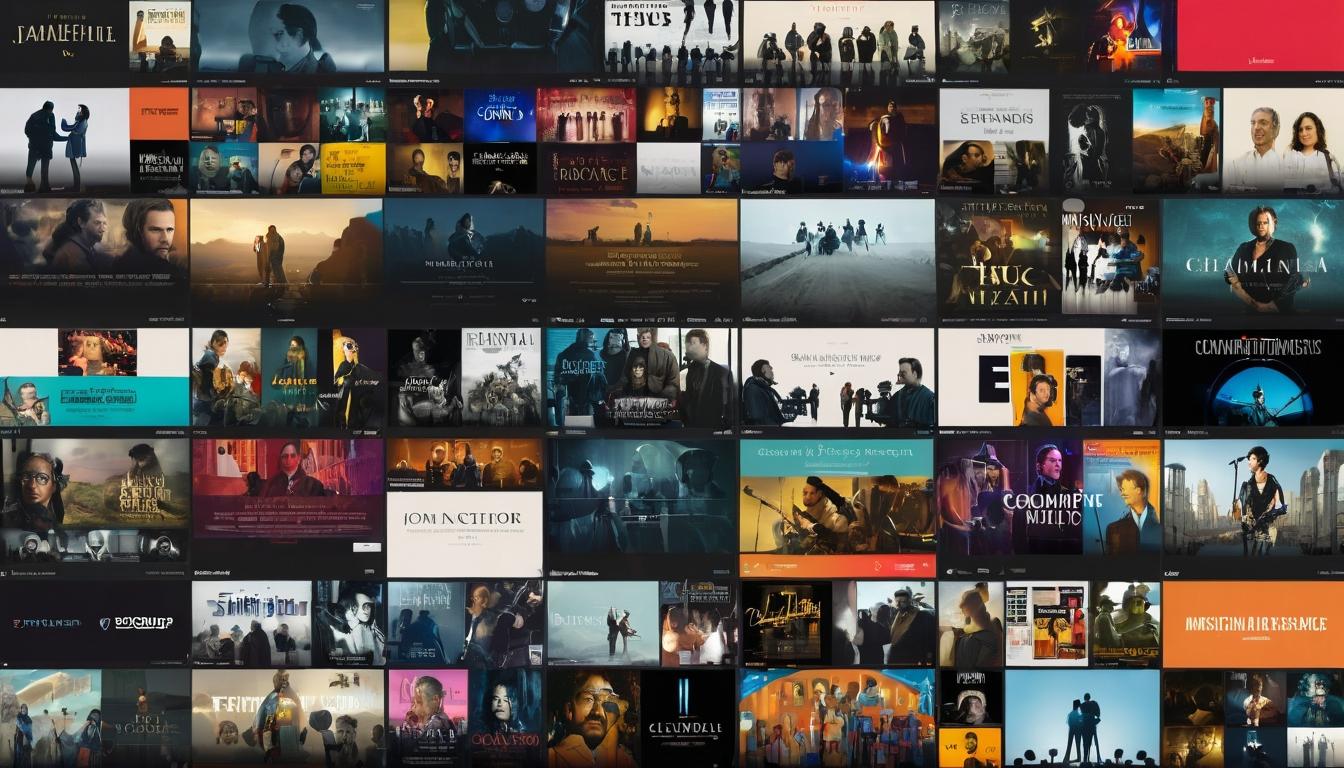In the dimly lit screening rooms of Hollywood and the bustling studios of London, a quiet revolution is taking place. While audiences marvel at dazzling visual effects and powerhouse performances, the true emotional architects of modern cinema are working in relative obscurity. Film composers, once relegated to simply underscoring action sequences, have become narrative partners in the filmmaking process, crafting sonic landscapes that guide viewers through emotional journeys as complex as any screenplay.
Recent developments in the film music community reveal a seismic shift in how directors and producers approach scoring. No longer an afterthought, the musical score now often enters development during pre-production, with composers attending script readings and early edits. This collaborative approach has yielded some of the most memorable cinematic moments of the past decade, from the haunting minimalism of Mica Levi's 'Under the Skin' to the genre-bending innovation of Daniel Pemberton's 'Spider-Man: Into the Spider-Verse.'
The technology driving this renaissance would astonish even the most forward-thinking composers of previous generations. Digital audio workstations have democratized the scoring process, allowing composers to create orchestral mockups that rival live recordings. Yet paradoxically, this technological accessibility has sparked a renewed appreciation for traditional orchestral recording. Major studios are increasingly investing in recording sessions with full orchestras, recognizing that the nuance and humanity of live musicians cannot be replicated by samples alone.
Behind the scenes, the business of film scoring is undergoing its own transformation. Streaming platforms have created both challenges and opportunities for composers. While traditional album sales have declined, the constant demand for new content has created more scoring opportunities than ever before. However, this abundance comes with its own pressures, as composers navigate tighter deadlines and the expectation to work across multiple projects simultaneously.
The most exciting development might be the erosion of genre boundaries in film music. Composers like Hildur Guðnadóttir have brought experimental electronic techniques to mainstream projects, while veterans like John Williams continue to demonstrate the enduring power of thematic development. This cross-pollination has created a rich musical ecosystem where a horror score might incorporate classical techniques while a family film might feature avant-garde sound design.
What emerges from examining the current state of film music is a picture of an art form in vigorous health, constantly evolving while maintaining connection to its rich history. The next time you find yourself emotionally transported by a film, take a moment to listen—really listen—to the music guiding you through that journey. You'll be hearing not just accompaniment, but a vital voice in the conversation of cinema.
The unsung heroes of cinema: how film composers are reshaping modern storytelling

